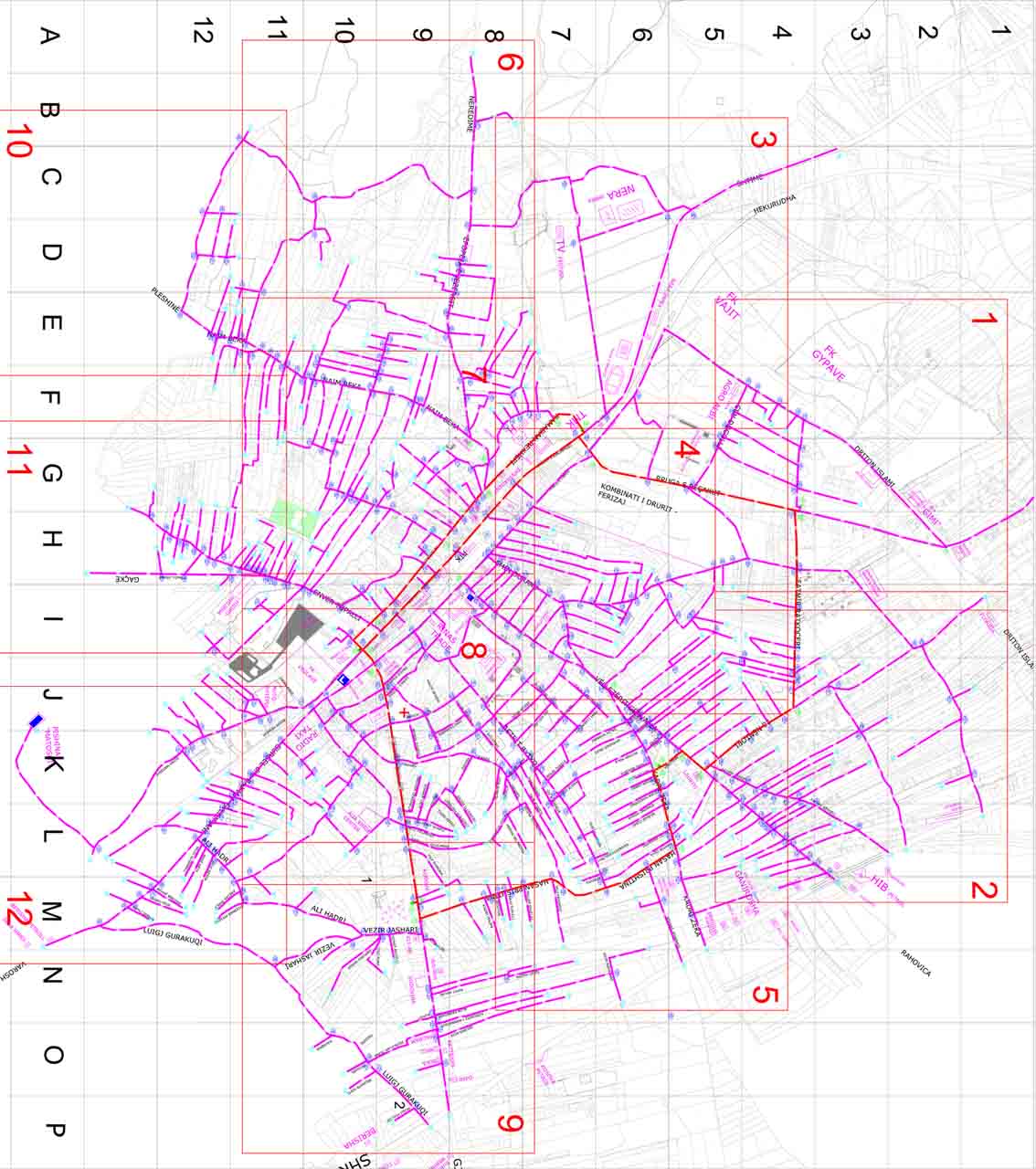The project is embedded in a general context of development of an urban complex, and in particular concerns a service of capillary distribution of thermal energy derived from fossil fuels. This distribution is mostly in the service of heating environments, firing systems with less widespread utilization in production cycles.
The mainly power of the network comes from a departure station placed in the north of the village.
The fuel gas distributed at the time of activation of the system is constituted by liquefied petroleum gas (LPG), consisting of a mixture of Propane and Butane. Such fuel is kept in liquid state under the effect of pressure to permit storage in more limited volumes, then it is distributed in a gaseous state at a lower pressure.
The network is dimensioned and realized with materials and techniques that allows the possibility of a subsequent transition to the distribution of natural gas, to achieve with interventions of limited entity.
The total thermal capacity potential for the distribution network is approximately estimated to be about 182 MW.

